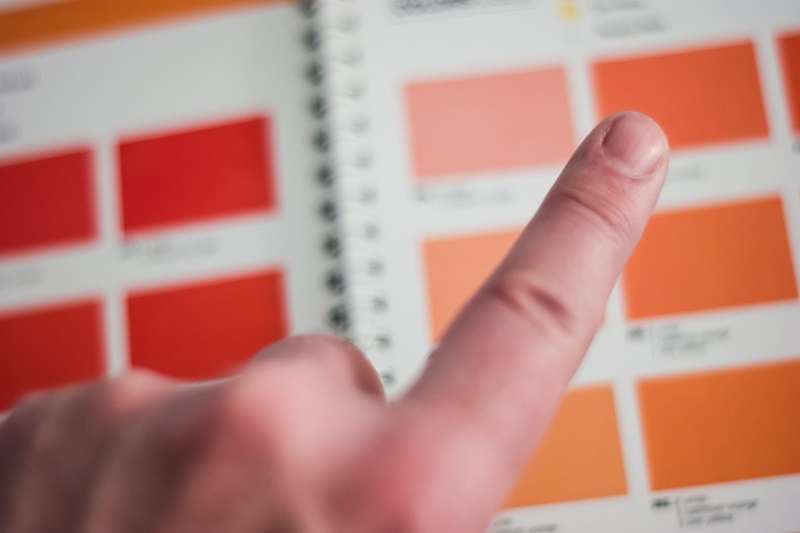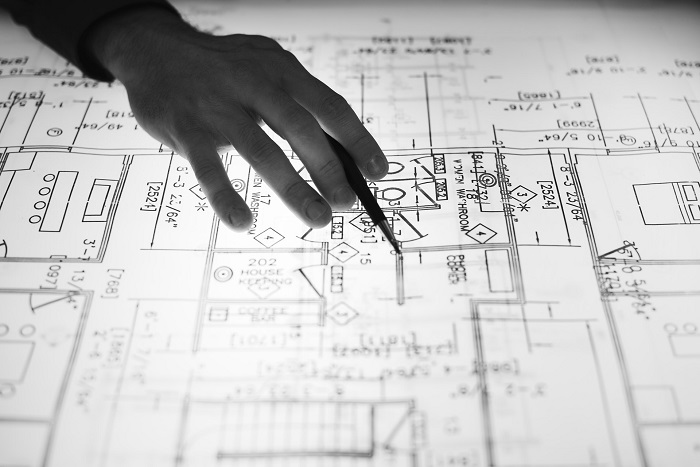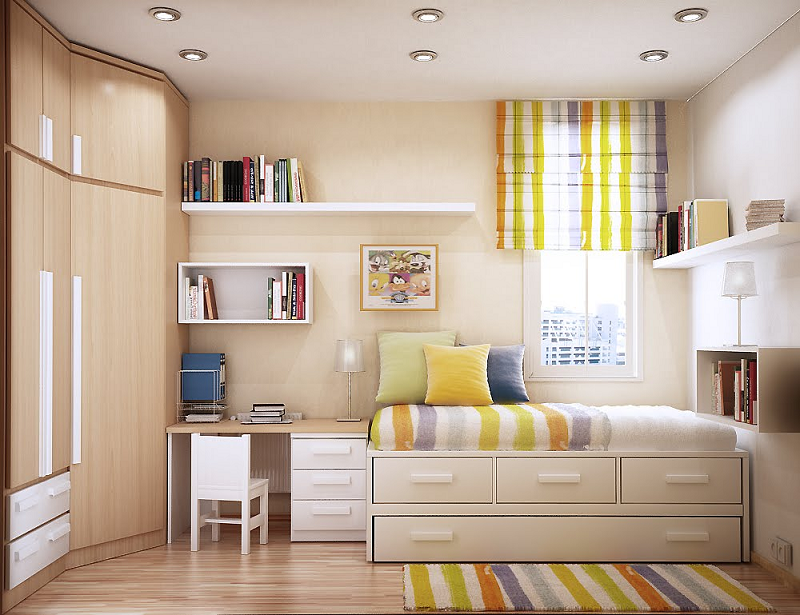People renovate their homes quite often. There are many reasons to upgrade your house.
Some people decide to make home improvements to increase the value of their house. After upgrading, they can sell the property for a more agreeable price. For others, switching up the interiors of their home is necessary due to some life changes, like having a baby on the way. And then there are homeowners who would simply like a refreshing change in their house’s appearance.
Home improvement is a big project. Before you start, read about important interior design basics here.
Design Basics
A good foundation is vital for any form of success. The same can be said for redesigning your home. Start with these design basics before changing up your house.
Design Dos
- Do have a plan before redesigning your home.
- Do your research. Look up design trends and style or theme options. Get inspired by everything you see and learn during your research.
- Do listen to your gut. Use the inspiration from your research to create a space built for you and your taste, or the needs of your family. Trends are meant to guide you. They shouldn’t dictate what you do.
- Do put function over looks. Function is important, especially when designing a home for a family with kids. There is a way to design a space that is both aesthetically pleasing and efficiently functional.
- Do invest in lighting. Lights can change the mood of a certain area in an instant.
- Do pay attention to the hallways. Some people forget these small spaces, but they are important areas of the home because they accommodate the flow of traffic indoors.
- Do invest in statement pieces. A couple big-ticket items like vintage furniture or eye-catching artwork can really transform a living space.
- Do play with texture on your walls and floors. Not many people think of adding extra design details to their walls or floors. However, trying a product like Venetian plaster paint on your floors, for example, can add a modern, dazzling or rustic effect to the space’s overall design. Turn to paint experts who can guide you in introducing layers of texture to your floors and walls.
Design Don’ts
- Don’t choose the paint color first. This may come as a surprise to non-professionals. However, choosing a paint color before anything else might make it difficult to fill the room with matching furniture and decorations.
Decide what style of furniture and which decorations are going into a space first, then match the paint to their central color. It may be hard to do this process in reverse (i.e., matching furniture and decorations to the color of the walls).
- Don’t rush. Decorating and designing takes time and patience. Enjoy the in-between moments, like finding that perfect centerpiece for the coffee table in the living room or the right painting to place above your headboard. Decorating your home can be fun.
- Don’t decorate to impress others. Redesign your home for you and your family, and no one else. This is perhaps the simplest piece of advice to follow. Pick design concepts that the whole household agrees on. After all, you will be the one spending your time in the house, and it must suit the family’s lifestyle.
Choosing a Style
There are many different home design styles to use as the basis for the decorating plans for your home improvement project. Below are the most popular design styles:
1. Modern
This style is based on design trends in the 20th century. Its main features are straight lines, basic colors (i.e., white and black), and the use of metal, glass, or steel materials.
2. Minimalist
Much like the modern style, the minimalist design trend promotes a simple and clean aesthetic (with plus points because keeping the place spotless and clutter-free is a breeze). However, minimalists prefer to hold back on excess accessories, whereas designers with modern tastes may use as much decor as they like.
The main minimalist features are neutral color palettes and streamlined furnishings.
3. Rustic
With a name befitting its features, this style is full of elements like wood and stone. Designers who like the rustic look usually also prefer vaulted ceilings with wooden beams and reclaimed wood floors.
4. Bohemian
This design style is for those who want the freedom to express themselves. As its name suggests, the bohemian design is for those with a carefree lifestyle. Its main decorations would be pretty much anything the designer loves. For this style, you can color outside the lines.
Houses are more than just shelter. The space a person lives in every day is an extension of themselves and can impact their quality of life. Regardless of whether people see their house as an investment or as a place to escape and relax, homes need some TLC once in a while. As such, upgrading and improving the home’s design periodically is a project worth tackling.









